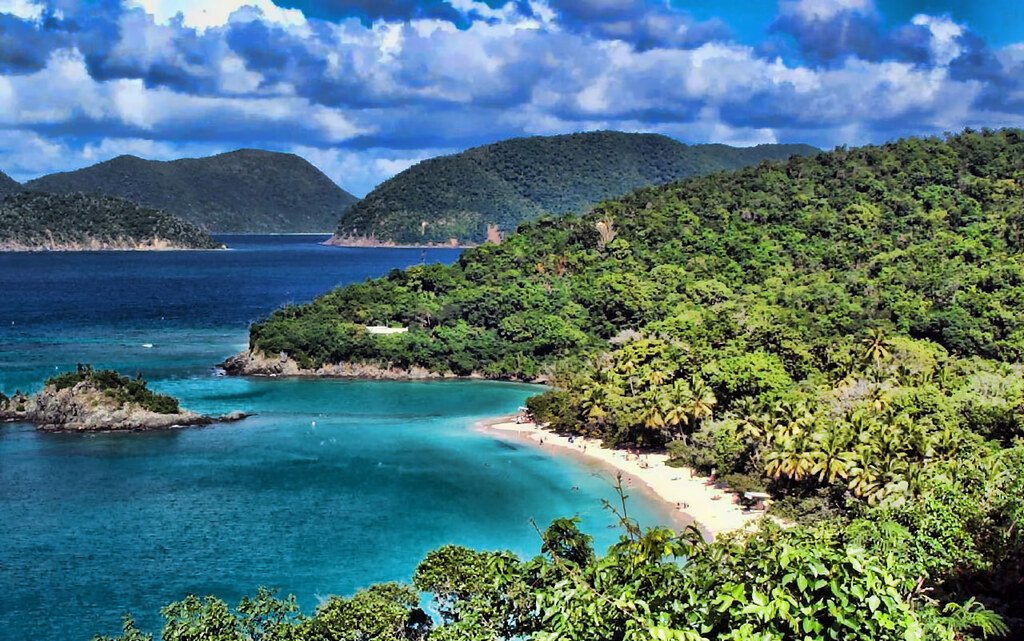Imagine standing atop a sun-baked hill in the U.S. Virgin Islands, looking out at turquoise waves while feeling ancient stone beneath your feet. Few realize that these peaceful islands, known for postcard-perfect beaches, hide a fiery origin story that shaped not just the land, but the cultures, legends, and daily lives of everyone who’s ever called them home. The volcanic heart of these islands pulses beneath the surface, whispering tales of earth-shattering eruptions, shifting continents, and the birth of myths that still echo today. This is a story woven with molten rock and ocean breezes—a tale where science and legend dance together to shape a world as beautiful as it is mysterious.
Birth from Fire: The Fiery Origins of the Virgin Islands
The U.S. Virgin Islands didn’t simply appear from the sea like a scene from a fairy tale. Millions of years ago, powerful volcanic eruptions tore through the ocean floor, spewing magma that cooled and hardened into rock. Over time, these eruptions built up underwater mountains, which eventually poked their peaks above the waves to form the islands we know today. The process was slow and violent, with each eruption adding new layers to the islands’ structure. This volcanic legacy is still visible in the rugged hills and black sand beaches scattered across St. Thomas, St. John, and St. Croix. When you walk along a shoreline full of dark volcanic rocks, you’re tracing the literal footprint of earth’s primal forces.
The Caribbean Plate: A Tectonic Tug of War
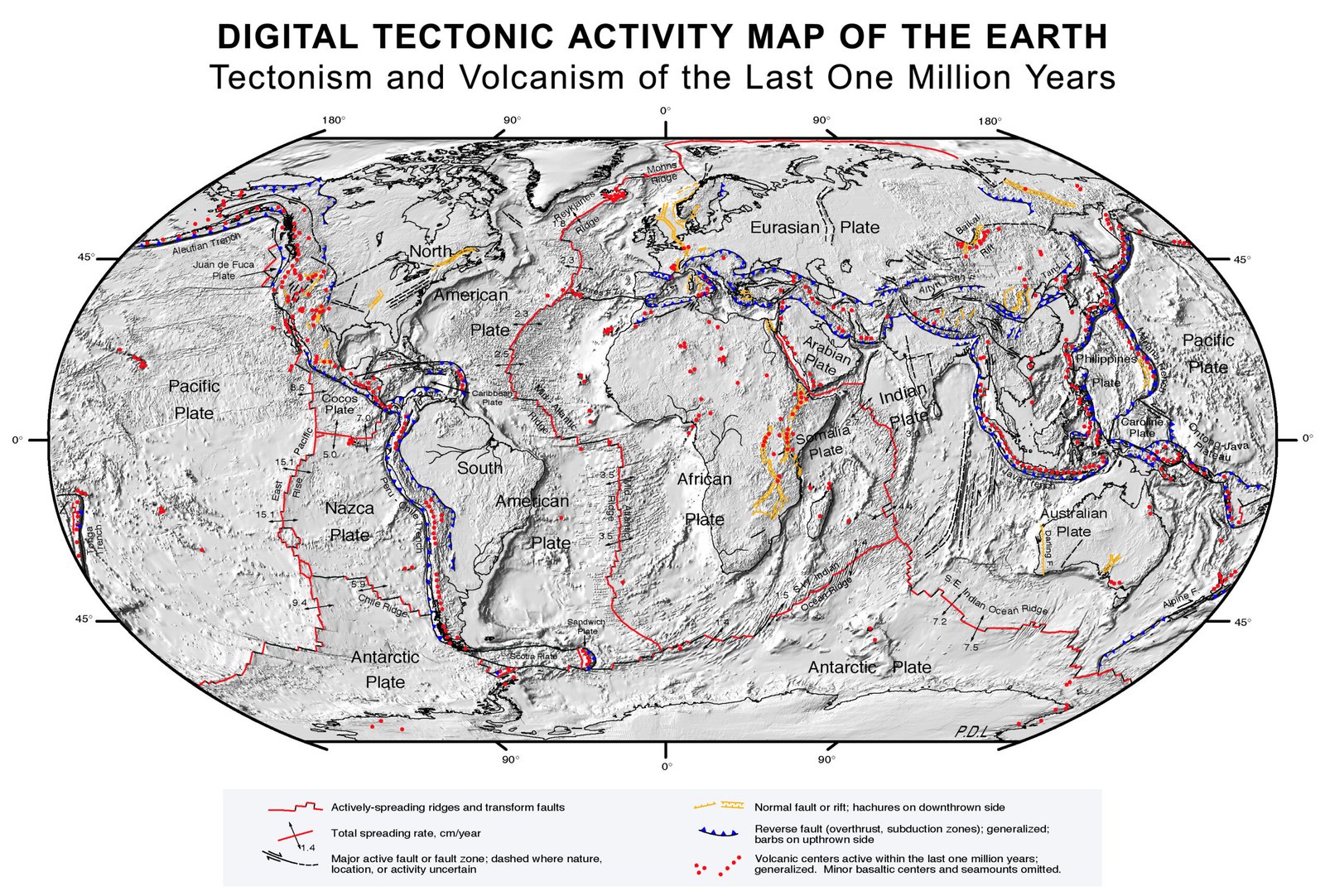
Beneath the Virgin Islands, two massive slabs of earth—the Caribbean Plate and the North American Plate—are locked in a never-ending struggle. This tectonic battle is what fueled the volcanic activity that created the islands. As one plate slid beneath the other in a process called subduction, heat and pressure built up, melting rock into magma that burst forth as volcanoes. Even today, small earthquakes occasionally rumble through the region, a reminder that the plates are still on the move. This ongoing dance shapes the land, reshapes the coastline, and even influences the types of plants and animals that thrive here.
Ancient Volcanoes: The Silent Guardians
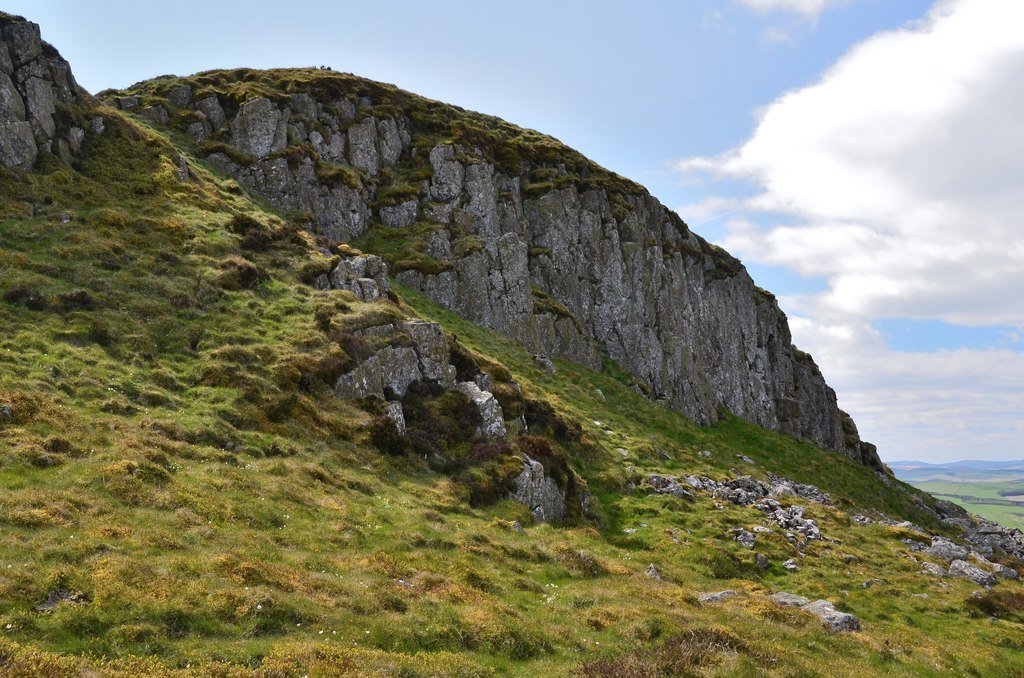
The volcanoes of the U.S. Virgin Islands are now quiet, their days of dramatic eruptions long past. These ancient giants, sometimes called “extinct volcanoes,” sleep beneath the green hills and hidden coves. Geologists can still trace their outlines—eroded cones, buried lava flows, and hardened ash deposits. On St. Thomas, the peaks and ridges that define the skyline once formed the rim of a colossal volcanic caldera. These silent guardians are a reminder that the land beneath our feet is always changing, even if it moves at the pace of centuries.
From Lava to Lush: How Volcanoes Made Island Soil
Volcanic eruptions didn’t just create the islands—they also gave them life. Ash and lava, once cooled and broken down by rain and wind, turned into rich, fertile soil. This volcanic soil is packed with minerals that help plants grow strong and fast. That’s why the Virgin Islands are home to dense forests, vibrant flowers, and crops like sugar cane and bananas. Every mango tree or wild orchid you see has roots in the island’s fiery beginnings. The transformation from lava to lush greenery is a powerful reminder that destruction can also bring new life.
Beneath the Surface: Hidden Geologic Wonders

The geology of the Virgin Islands isn’t just about what you see above ground. Beneath the surface, a maze of ancient lava tubes, caves, and mineral veins tells the deeper story of the islands’ creation. These features are home to unique ecosystems, with bats, insects, and even rare minerals hidden in the darkness. Divers who explore the underwater cliffs off the coast sometimes find dramatic rock formations—pillars and arches sculpted by volcanic activity long ago. This hidden world is a testament to the island’s restless past.
Shaping the Landscape: Peaks, Bays, and Beaches
The dramatic hills and jagged coastlines of the Virgin Islands are directly shaped by their volcanic origins. Peaks like Crown Mountain on St. Thomas rise sharply from the sea, a result of ancient lava pushing upward. Bays and coves are often the remnants of collapsed calderas or eroded volcanic craters, now filled with crystal-clear water. Even the islands’ famous white and black sand beaches tell the story of their birth—white sand formed from coral and shells, black sand from volcanic rock. Every curve of the land has a story rooted in fire and water.
Caribbean Myths: Volcanoes in Island Folklore
Long before scientists explained the islands’ origins, people wove stories to make sense of the land’s power and unpredictability. In local folklore, volcanoes were seen as the homes of spirits—sometimes angry, sometimes protective. Some tales spoke of fire gods who lived deep in the earth, their tempers causing earthquakes and eruptions. Others imagined the volcanoes as sleeping giants whose breath shaped the wind and waves. These myths were not just stories, but ways for islanders to connect with their environment and explain the awe-inspiring forces at work.
Indigenous Peoples: Living with the Land
The first inhabitants of the Virgin Islands, the Taíno and other indigenous peoples, understood the land in ways modern science is only beginning to appreciate. They built villages on higher ground, away from low-lying areas prone to flooding or landslides. Their stories and rituals often honored the earth’s power, recognizing the importance of volcanoes in shaping both danger and fertility. Archaeologists have found pottery and tools made from volcanic rocks, showing how people used the gifts of the land in daily life. This deep respect for geology shaped the islands’ earliest cultures.
Colonial Encounters: Myths Meet Science
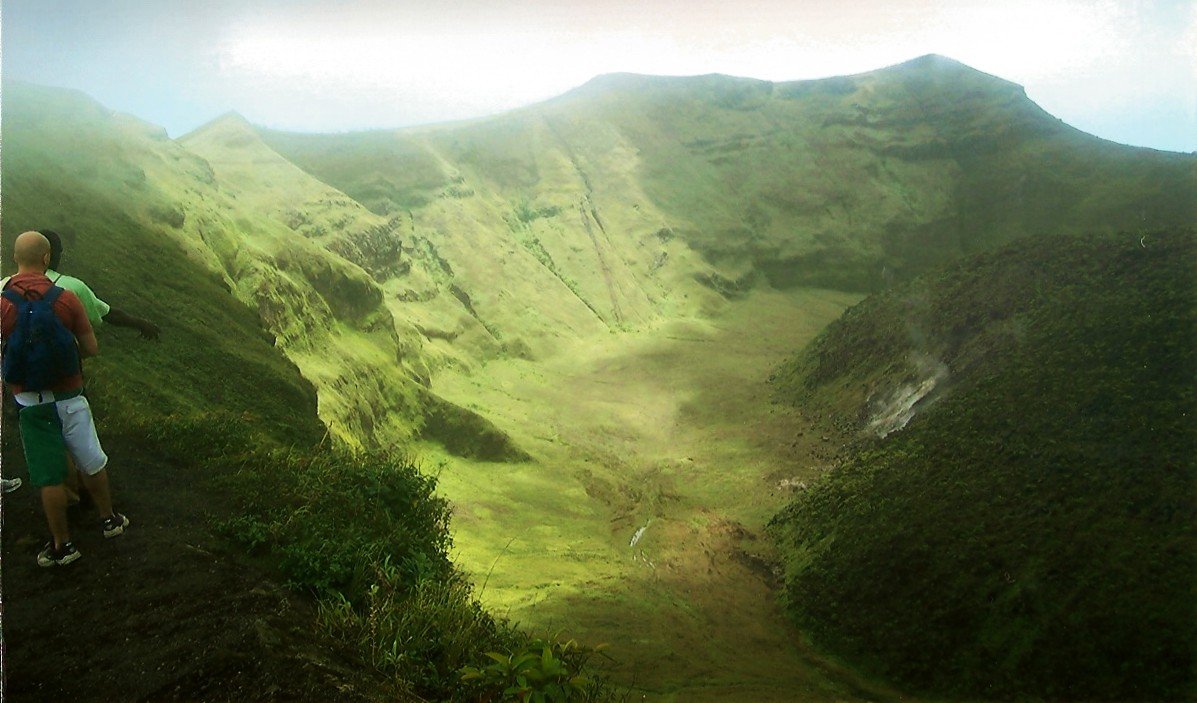
When European colonizers arrived in the Virgin Islands, they brought their own ideas about volcanoes—some rooted in fear, others in curiosity. Early explorers sometimes mistook steam vents or hot springs for signs of active volcanoes, inspiring stories of lost cities and hidden treasures. Over time, as scientific understanding grew, colonists began to map the islands’ geology and use volcanic rocks in construction. Yet even as science advanced, local myths persisted, blending old beliefs with new discoveries in a uniquely Caribbean way.
Modern Science: Unlocking the Island’s Secrets
Today, geologists use cutting-edge technology to study the Virgin Islands’ volcanic past. Satellite imagery, seismic sensors, and rock analysis help scientists piece together the islands’ formation like a giant puzzle. Recent studies have revealed intricate networks of faults and ancient lava flows beneath the surface. These discoveries not only satisfy scientific curiosity but also help predict and prepare for future earthquakes or other geologic hazards. Science, in this sense, is a modern form of myth-making—telling the story of the land in ever more precise detail.
Earthquakes: The Tectonic Legacy Lives On
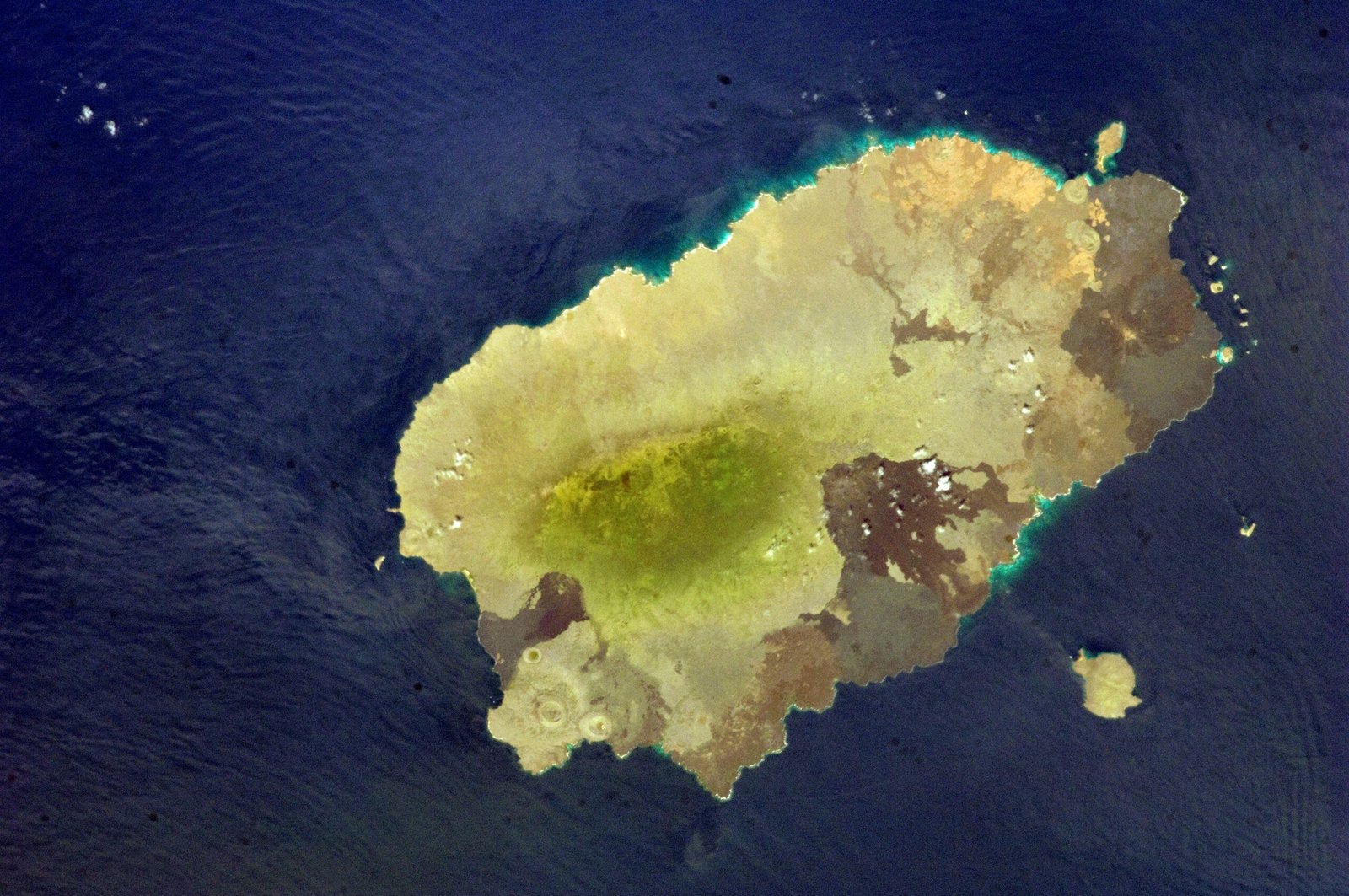
Although the volcanoes themselves are quiet, the tectonic forces that created them are far from dormant. The Virgin Islands experience small earthquakes every year—most too minor to be felt, but occasionally strong enough to rattle windows or topple structures. These quakes are a reminder that the earth beneath the islands is still restless. Emergency plans and building codes now take this risk into account, blending ancient wisdom with modern technology to keep communities safe.
Unique Plants and Animals: Life on Volcanic Soil
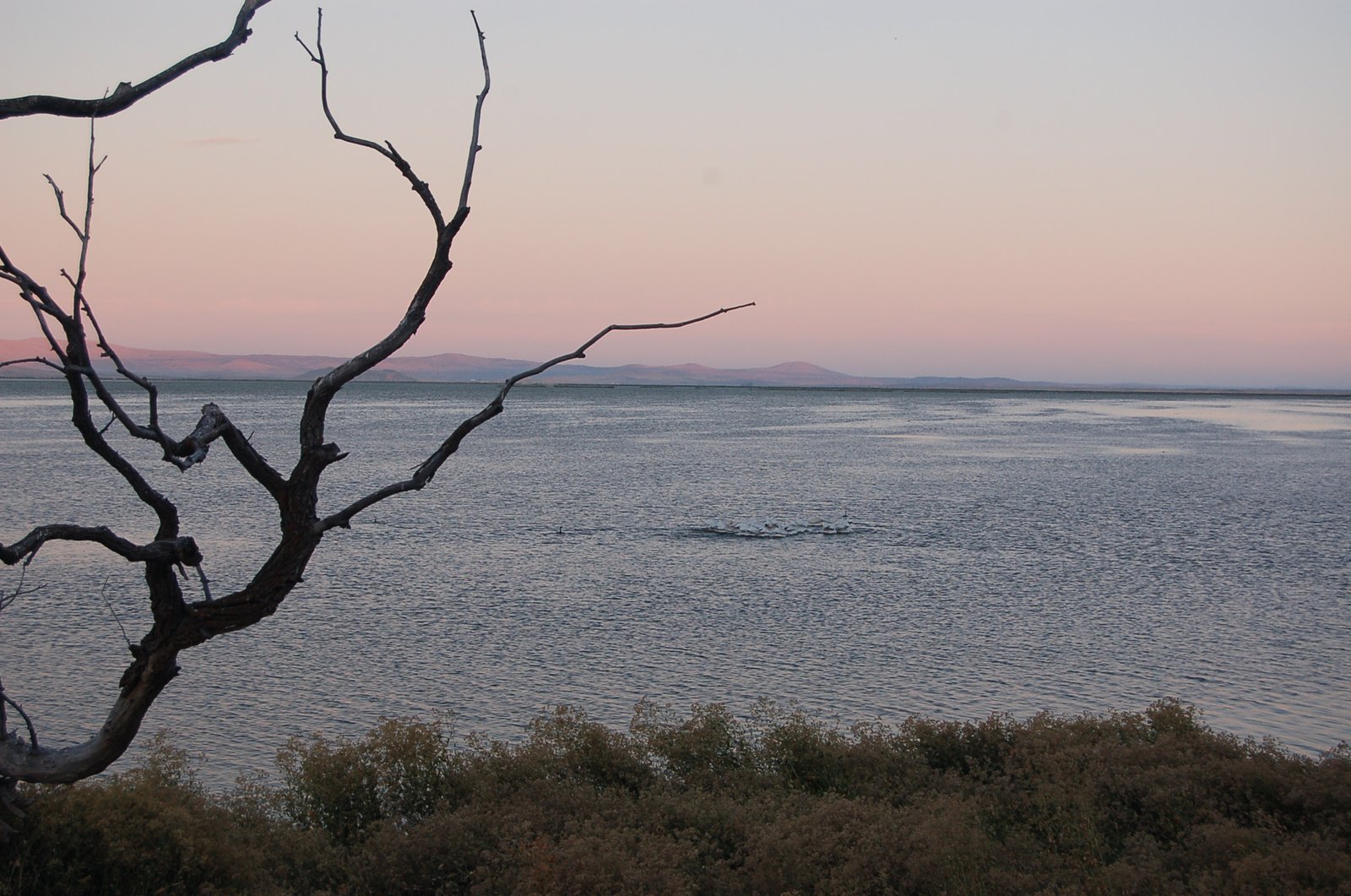
The volcanic origins of the Virgin Islands have created a haven for unique plants and animals. The mineral-rich soil supports rare orchids, towering mahogany trees, and medicinal herbs found nowhere else. Wildlife, too, has adapted to the rugged terrain—iguanas bask on sun-warmed rocks, while birds nest in cliffside crevices. Some species have even evolved special traits to survive in this environment, making the islands a living laboratory of evolution. The intersection of geology and biology is a quiet miracle visible in every leaf and feather.
Building with Stone: Volcanic Rock in Island Architecture
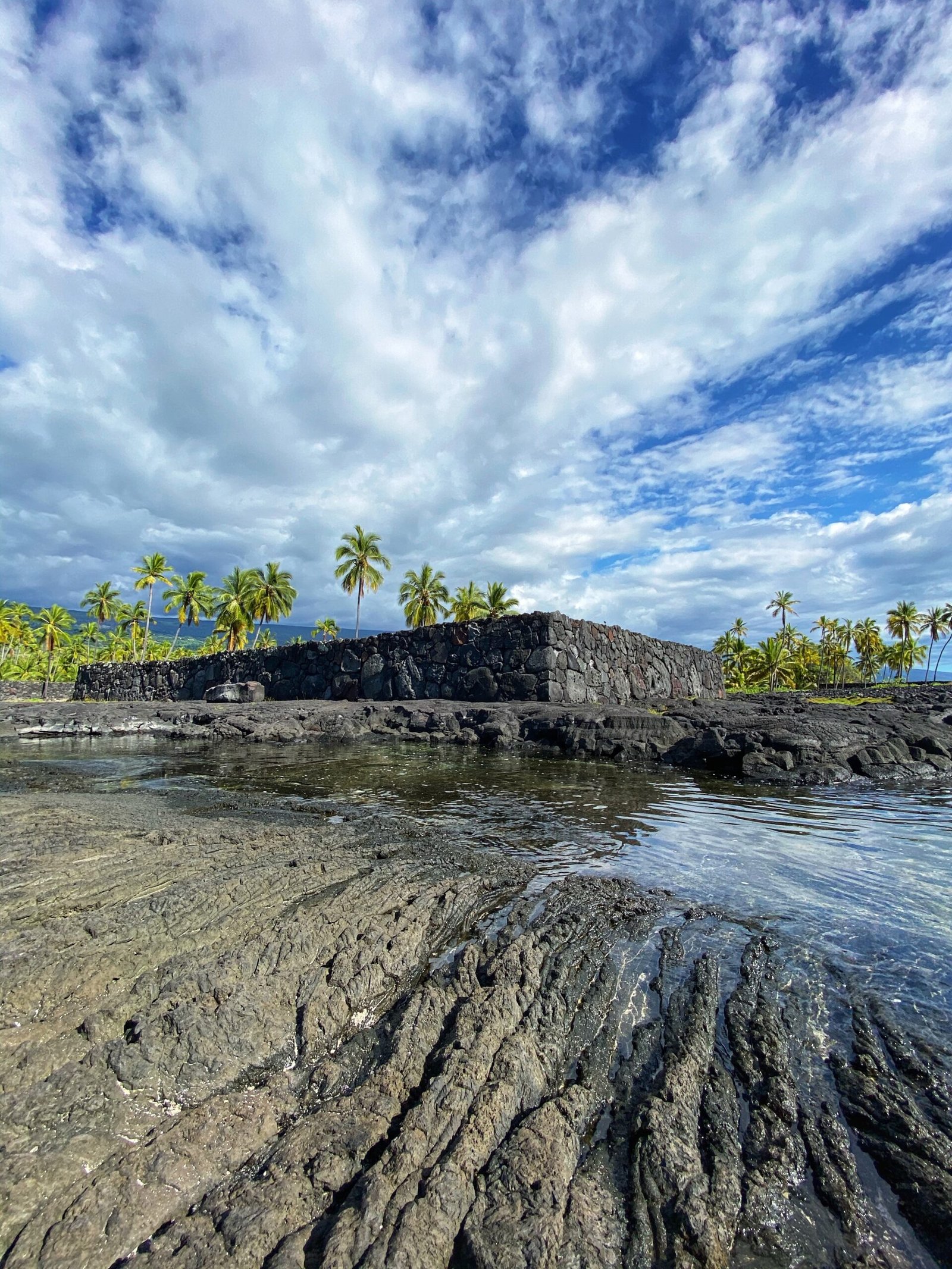
Walk through the historic towns of Charlotte Amalie or Christiansted, and you’ll see centuries-old buildings made from volcanic stone. Early settlers quickly realized that these rocks were sturdy, fireproof, and abundant. They used them to construct forts, churches, and homes—structures that have withstood hurricanes and earthquakes for generations. Volcanic stone gives the islands’ architecture a rugged beauty, connecting the present to the deep past in every wall and pathway.
Healing Springs: Legends of Volcanic Waters
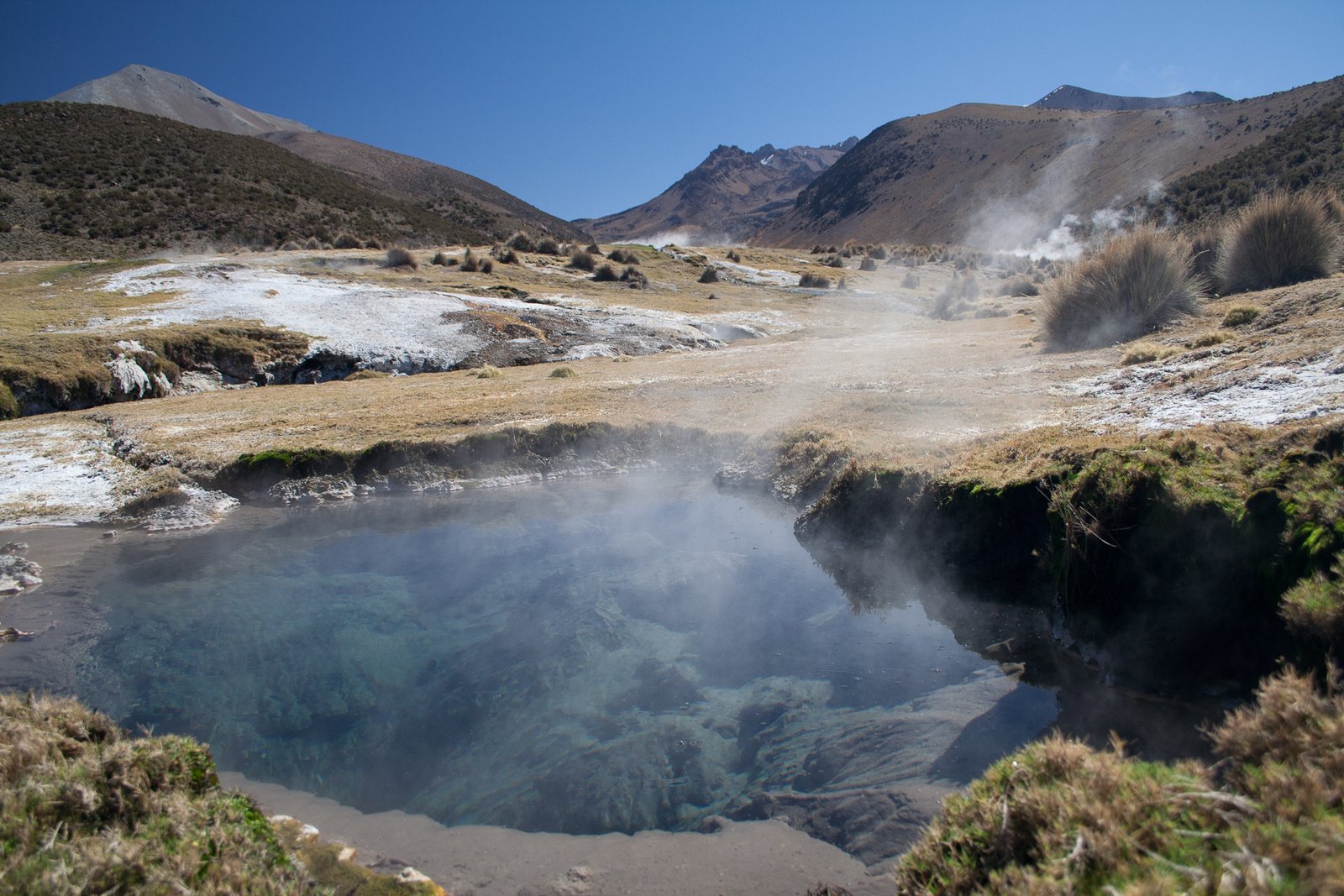
Scattered across the Virgin Islands are natural springs and pools, some said to have healing powers. These waters often bubble up through cracks in volcanic rock, picking up minerals along the way. For centuries, residents have visited these springs to bathe, drink, and seek cures for ailments. Whether or not the waters truly heal, the belief in their power is a testament to the enduring connection between geology and daily life. The springs are places of gathering, reflection, and, sometimes, whispered stories of ancient magic.
Tourism and Adventure: Volcanoes as Playground
For many visitors, the volcanic landscape is a source of adventure and wonder. Hiking trails wind through ancient craters, offering stunning views of the sea. Snorkelers and divers explore underwater lava formations teeming with colorful fish. Tour guides bring the islands’ fiery past to life with tales of eruptions and earthquakes. The volcanoes, once feared, are now celebrated as the backbone of the islands’ beauty and allure—a playground for the curious and the bold.
Preserving the Past: Geologic Heritage and Conservation
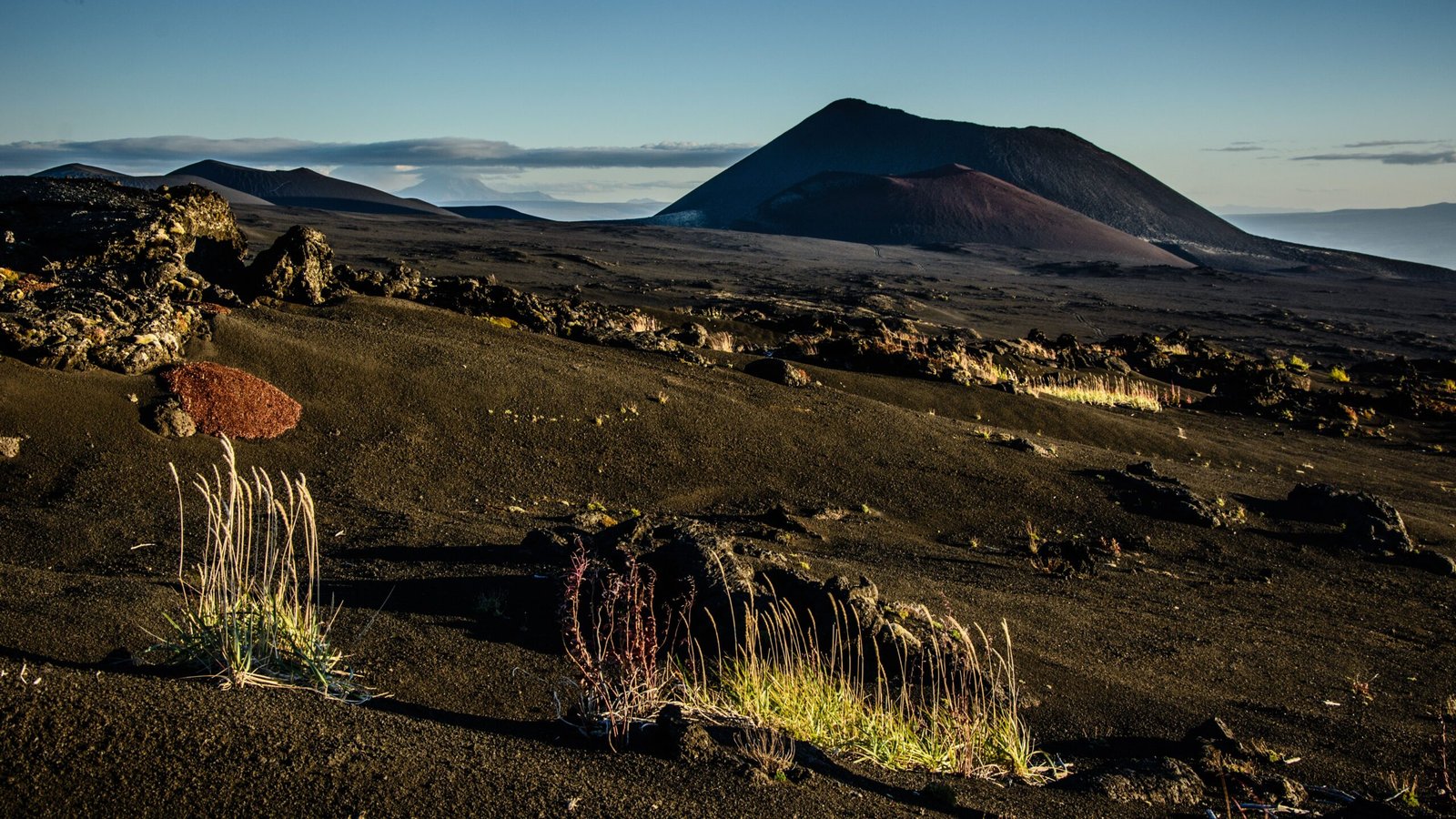
As the islands grow and change, there is a growing movement to protect their unique geologic heritage. Parks and reserves have been established to preserve volcanic features and native ecosystems. Scientists work alongside local communities to document and safeguard rare species and ancient rock formations. Education programs teach the next generation about the islands’ deep-time story, fostering a sense of stewardship for the land. The challenge is to balance growth with preservation, ensuring that the fiery legacy of the Virgin Islands endures.
Climate Change: New Challenges for Old Rocks
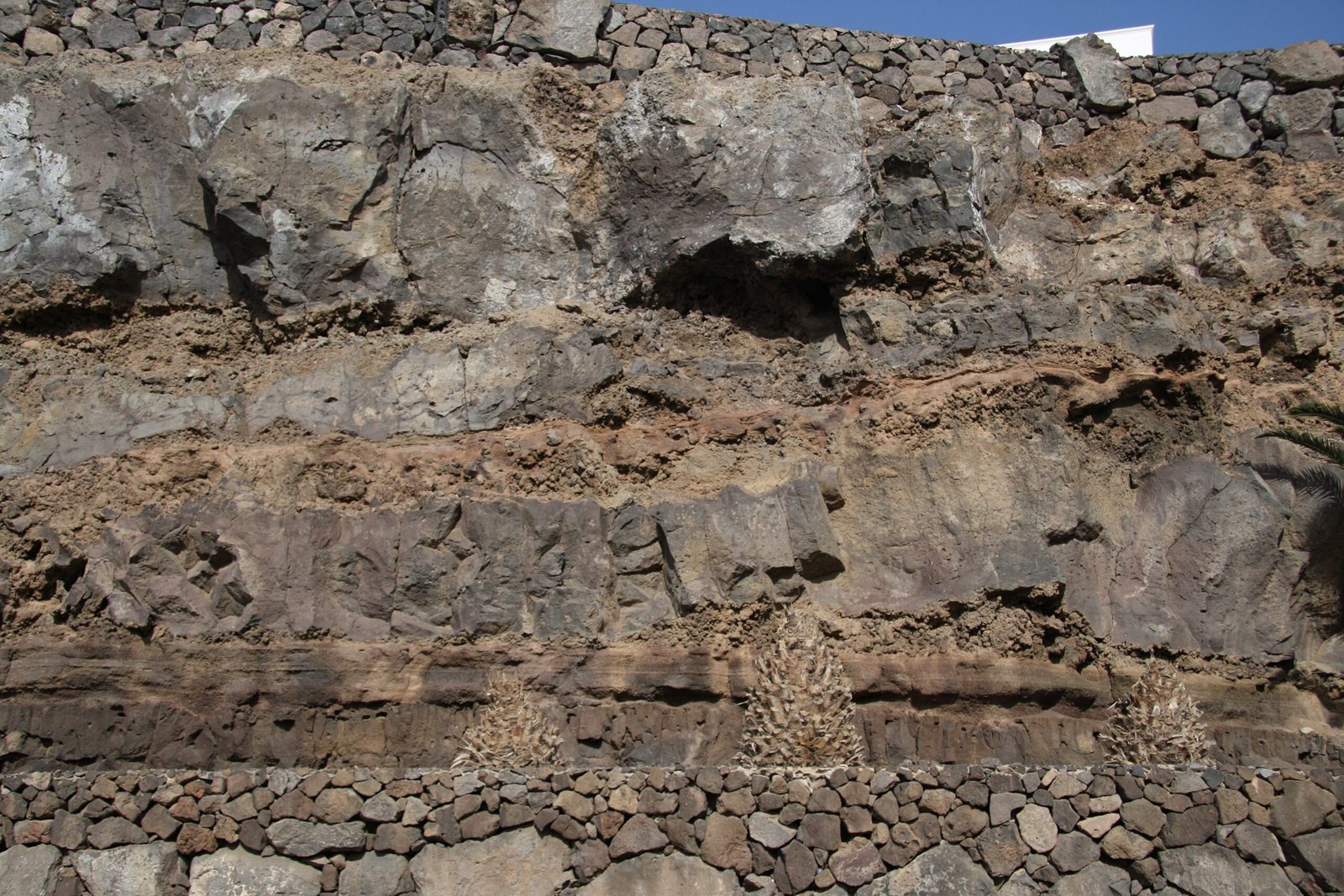
Today, the Virgin Islands face new threats from rising seas and stronger storms fueled by climate change. Volcanic hills that once sheltered villages may be eroded by intense rain, while coastal areas risk flooding. Scientists are studying how the islands’ geology can help buffer these impacts—volcanic rock, for example, can absorb water and slow erosion. The islands’ geologic resilience may become a key asset in adapting to a changing world, turning ancient dangers into modern defenses.
Community and Culture: Living with Volcanic Roots
The influence of volcanic geology goes beyond landscapes and legends—it shapes the very identity of island communities. Festivals and music often celebrate the land’s power and beauty. Artists use volcanic stone in sculptures and jewelry, turning the earth itself into art. Families pass down stories of earthquakes and eruptions, weaving them into the fabric of daily life. Living with volcanic roots means embracing both the risks and the rewards, finding strength in the land’s wild heart.
Education and Exploration: Inspiring Future Scientists
For students and young explorers, the Virgin Islands are a natural classroom. Schools organize field trips to volcanic outcrops, where children can touch rocks formed millions of years ago. Science clubs study earthquakes and fossils, sparking curiosity and imagination. These experiences inspire a new generation to ask questions, seek answers, and maybe even become the next geologist or storyteller. The islands’ volcanic legacy is a gift that keeps giving, igniting wonder in every curious mind.
A Living Story: Volcanoes in the Heart of the Islands

The volcanoes of the U.S. Virgin Islands are more than ancient relics—they are living threads that bind together land, people, and myth. Their legacy shapes everything from the food we eat to the stories we tell, from the hills we climb to the dreams we share. In every stone and legend, the islands’ fiery past lives on, reminding us that beauty often comes from the most unexpected places. What story will you tell the next time you walk these volcanic shores?

